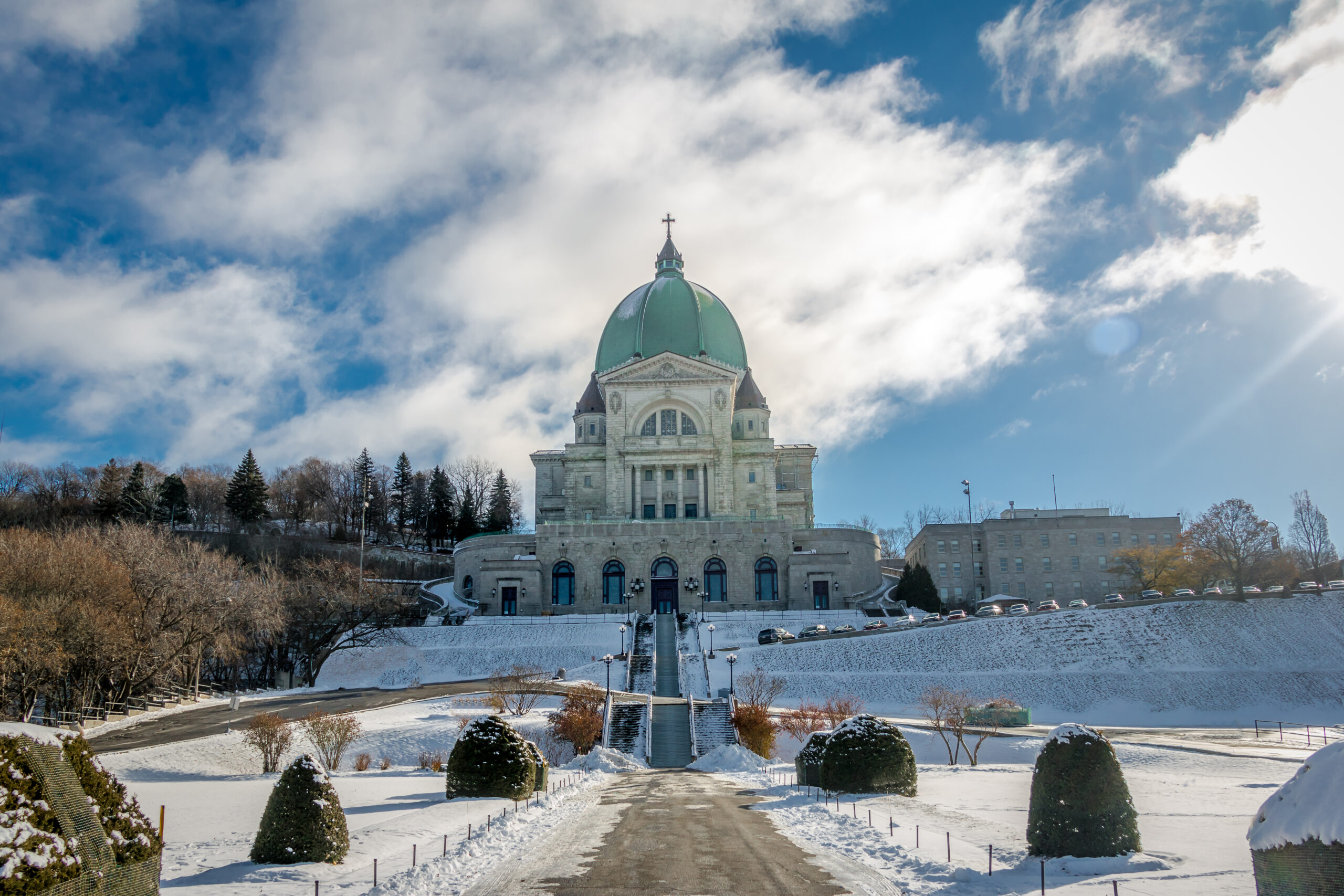Canada’s Regions
Canada, covering a vast area of 10 million square kilometers, is the second-largest country in the world. Its boundaries stretch from the Pacific Ocean in the west to the Atlantic Ocean in the east, and the Arctic Ocean to the north, sharing its southern border with the United States. Canada’s vast size is divided into several geographical regions, each with its unique characteristics and contributions to the country’s economy.
Canada’s regions are divided into five distinct areas:
- The Atlantic Provinces
- Central Canada
- The Prairie Provinces
- The West Coast
- The Northern Territories
The Atlantic Provinces
The Atlantic Provinces — Newfoundland and Labrador, Prince Edward Island (P.E.I.), Nova Scotia, and New Brunswick — are located in the easternmost part of Canada. This region is rich in cultural diversity and natural resources, including abundant fisheries, forests, and mineral deposits.
- Newfoundland and Labrador:
- Geography: The easternmost point of North America.
- Economy: Historically focused on coastal fishing settlements, the province’s economy is heavily reliant on offshore oil and gas extraction, as well as hydroelectric power generation. The province also has a rich marine history.
- Prince Edward Island (P.E.I.):
- Geography: The smallest province in Canada, known for its beautiful beaches and red soil.
- Economy: Agriculture, particularly potato farming, plays a major role in P.E.I.’s economy. The Confederation Bridge, one of the world’s longest continuous multispan bridges, connects the island to mainland Canada. The island’s rich culture is also celebrated through literature, with the famous book “Anne of Green Gables” set here.
- Nova Scotia:
- Economy: Shipbuilding, fishing, and shipping are traditional industries. Halifax, the capital, is Canada’s main east coast port and home to a major navy station. The province is also involved in forestry, agriculture, coal mining, and an expanding offshore oil and gas sector.
- Cultural Heritage: Nova Scotia has a rich Celtic and Gaelic heritage, reflected in its festivals and colourful culture.
- New Brunswick:
- Economy: The province has a diverse economy that includes forestry, agriculture, fishing, mining, food processing, and tourism. Saint John, the country’s manufacturing hub, is located here, while Moncton is the main Francophone Acadian center.
- Bilingualism: New Brunswick is the only constitutionally bilingual province in Canada, honoring both Loyalist and French cultural heritages.
The Impact of Religion on Canada’s Economy
Religion in Canada plays a significant role in shaping the country’s economic landscape. Through charitable contributions, religious tourism, and educational institutions, religious organizations influence both the social and economic fabric of the nation.
-
Charitable Contributions: Religious organizations in Canada are key players in the charitable sector, donating billions of dollars annually. Many of these organizations also provide crucial social services, including healthcare, education, and social assistance programs, thereby contributing to the country’s well-being.
-
Religious Tourism: Canada’s religious diversity attracts millions of tourists every year. Iconic religious sites such as the Notre Dame Basilica in Montreal, the Sainte-Anne-de-Beaupré Shrine in Quebec, and the Shri Swaminarayan Mandir in Toronto become major destinations for religious tourists, generating significant income for the tourism industry.
-
Religious Education: Religious schools and universities also play an important role in the Canadian economy. These institutions contribute to educational advancement and provide employment opportunities. They attract students from across the globe, which enhances Canada’s reputation as a hub for higher education.
The Relationship Between Religion and Economic Growth
The relationship between religion and economic growth is often debated. On one hand, religion can foster strong work ethics, promote social cohesion, and encourage values conducive to economic development. For example, religious values that emphasize honesty, community, and hard work can promote social stability and business practices beneficial to economic progress.
On the other hand, some argue that religion can act as a barrier to innovation and change, especially when religious institutions are resistant to modernization or technological progress. In such cases, religious institutions may impede economic growth by limiting opportunities for change or diversity in certain sectors.
Overall, the influence of religion on Canada’s economy is complex and multifaceted, encompassing both positive contributions and challenges. Despite these complexities, religious organizations and their associated practices continue to make significant contributions to the Canadian economy.
